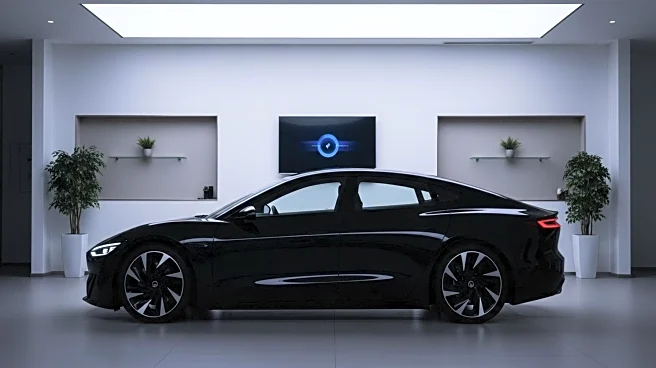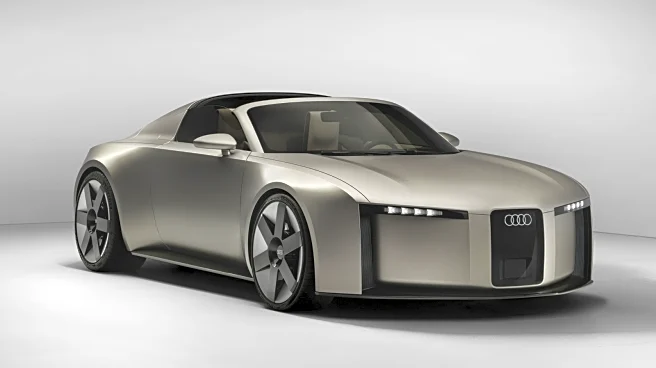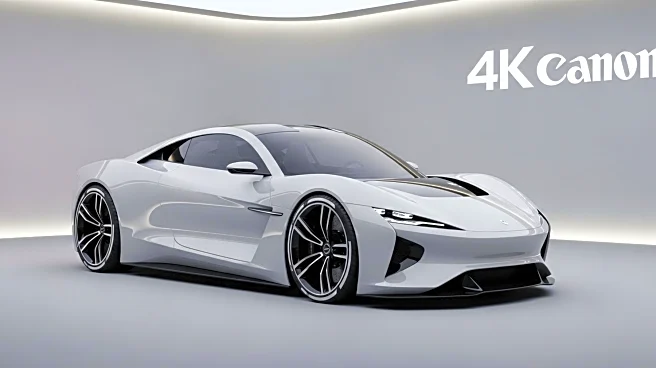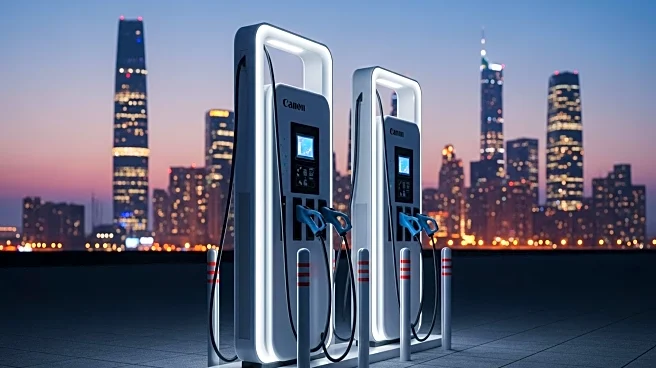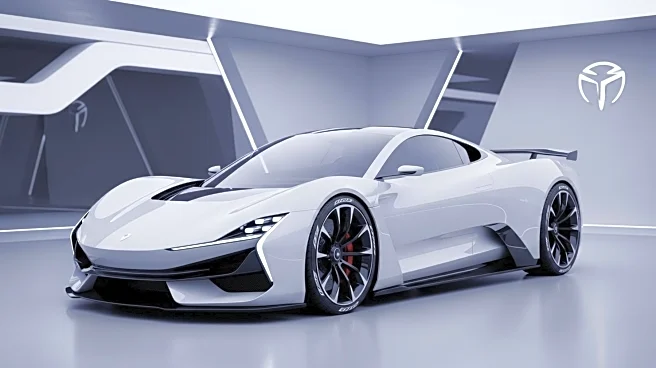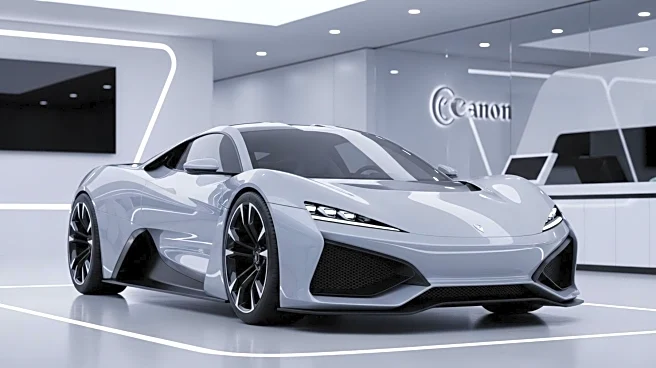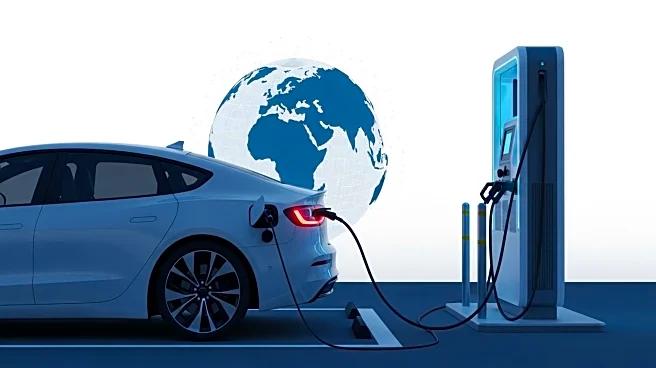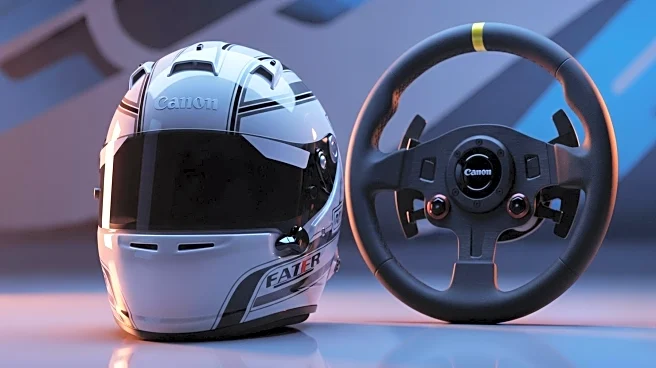What's Happening?
Audi has introduced the Audi Concept C, an all-electric two-seat sports car that embodies the brand's new design philosophy. This concept car showcases radical simplicity, a core element of Audi's new design approach. The vehicle features a vertical frame inspired by historical models like the Auto Union Type C and the third-generation Audi A6, conveying presence and identity. The Concept C integrates forward-looking technology with a distinctive four-element light signature. The interior is designed with high-quality materials and minimalist aesthetics, ensuring an intuitive and emotional experience. The car's proportions are defined by a central-battery layout, and it includes an electrically retractable hardtop for an open-top driving experience.
Why It's Important?
The introduction of the Audi Concept C marks a significant shift in Audi's design philosophy, emphasizing clarity, technicality, intelligence, and emotion. This new approach is expected to influence future production models, setting a precedent for Audi's design evolution. The focus on electric vehicles aligns with global trends towards sustainability and reduced emissions, positioning Audi as a forward-thinking leader in the automotive industry. The Concept C's innovative design elements, such as the new light signature and minimalist interior, may redefine consumer expectations for luxury electric sports cars.
What's Next?
Audi plans to continue developing models that reflect this new design philosophy, potentially leading to a series of production vehicles that embody the principles showcased in the Concept C. The company aims to maintain its competitive edge by integrating advanced technologies and design elements that appeal to modern consumers. Audi's commitment to electric vehicles and sustainable design may attract environmentally conscious buyers and strengthen its market position.
Beyond the Headlines
The Audi Concept C's design philosophy may influence broader automotive industry trends, encouraging other manufacturers to adopt similar approaches to simplicity and sustainability. The focus on 'shy tech' solutions, which provide intuitive user experiences without overwhelming the driver, could become a standard in luxury vehicle design. Additionally, the use of natural materials and ambient lighting in the interior reflects a growing consumer preference for environmentally friendly and aesthetically pleasing designs.


